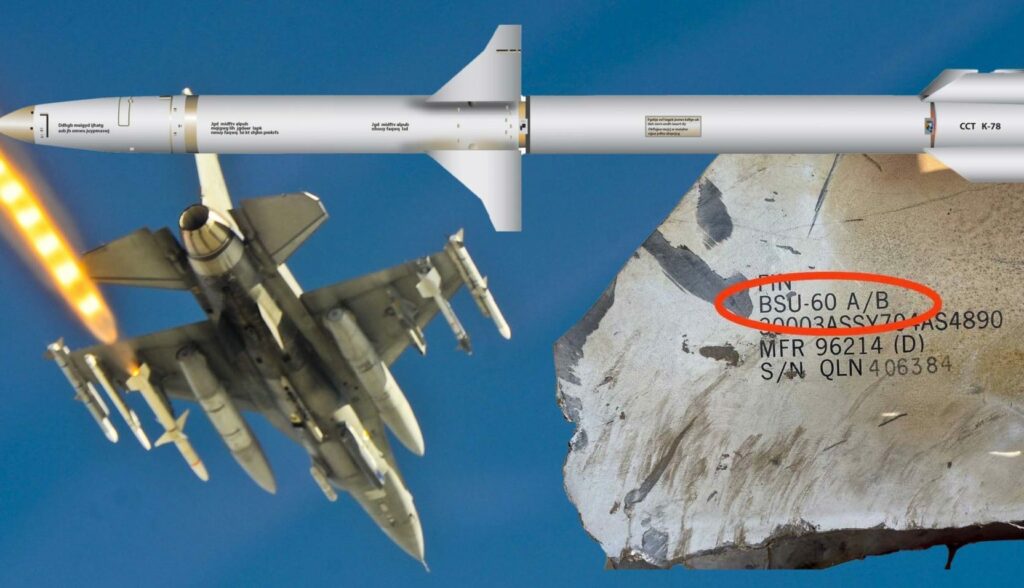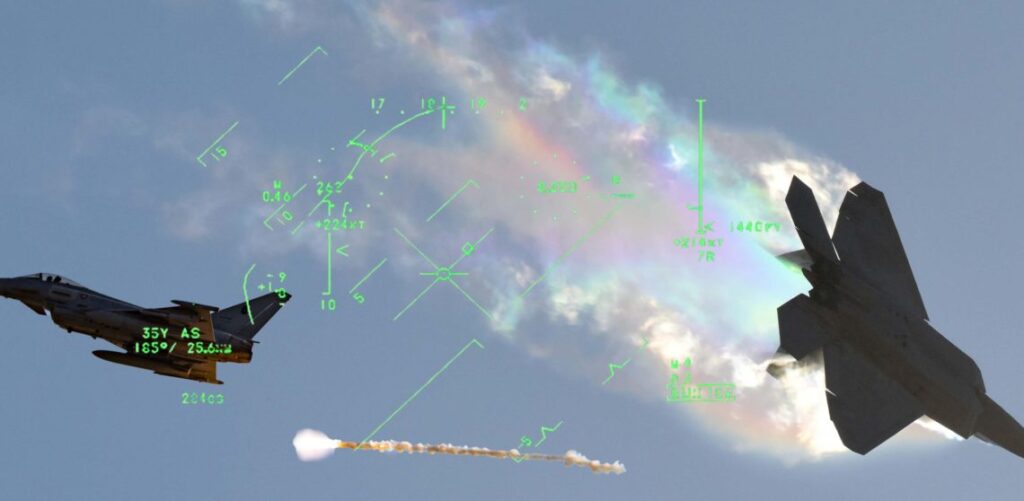The United States has now officially confirmed sending anti-radiation — or radar-hunting — missiles to Ukraine, as Ukrainian news outlets report a surge in destroyed Russian air defense systems over the past weekend. While the American statement did not specify the exact weapon, recent images of shrapnel uploaded by Russian forces in Ukraine suggest it’s the AGM-88 HARM missile.

According to the Ukraine-based Kyiv Post, Ukraine’s Army General Staff (AGS) estimates that Russian forces lost at least 17 air defense systems between Friday and Monday across Ukraine, though they did not specify how each of these systems had been destroyed. Subsequent to these claims, Ukraine’s Joint Defense Command South also claimed to have destroyed four S-300 systems on Sunday and a Pantsyr-S1 system on Monday — again, without specifying whether HARM missiles were involved or not.
The revelation that anti-radiation missiles like the HARM have been provided to Ukraine was a surprise to many (including this writer), as the Soviet-era tactical aircraft employed by Ukraine lack the necessary equipment to leverage NATO weapon systems. However, as Tyler Rogoway at The Warzone had pointed out prior to the American confirmation, the AGM-88 HARM missile could be leveraged in a number of ways. It now seems as though some Ukrainian MiG-29s may potentially have been lightly modified to fire these Western weapons.
Related: America’s loitering radar-hunting missile is due for a comeback
What are HARM missiles like the AGM-88?
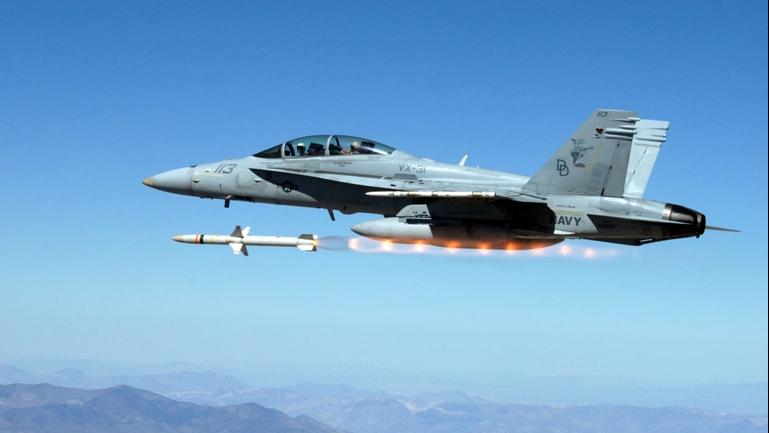
Put simply, anti-radiation missiles detect and target the electromagnetic waves being transmitted by radar systems, which is why they’re often referred to as “radar-hunting” missiles. Weapons like the AGM-88, in particular, are capable of hunting these systems down somewhat autonomously. The missiles are sometimes even fired into hostile airspace ahead of American aircraft without specific targets in mind. When air defense systems come online, the already airborne missiles detect the radar waves emitting from the systems and change course to engage. If the system is powered back down, the AGM-88 can still close with the target’s last known location.
Conversely, when air-defense system operators are aware that HARM missiles or aircraft carrying them are in the area, they may choose to remain powered down, allowing aircraft to operate freely. This is why operations that leverage these types of weapons are often referred to as Suppression of enemy air defenses (SEAD) as well as Destruction of enemy air defenses (DEAD).

The AGM-88 HARM missile is a supersonic air-to-surface anti-radiation missile that first entered service in 1985 and has seen a number of updates since. These weapons can be used in a number of ways by attacking aircraft, including using pre-established coordinates to fly in the general direction of a radar array before leveraging its internal seeker to locate and close with the system. While missiles require a connection to the aircraft they’re fired from (including the AGM-88) these weapons are capable of functioning with very little aircraft or pilot input, making them capable of being fired by Ukrainian aircraft with fewer modifications than many other missiles.
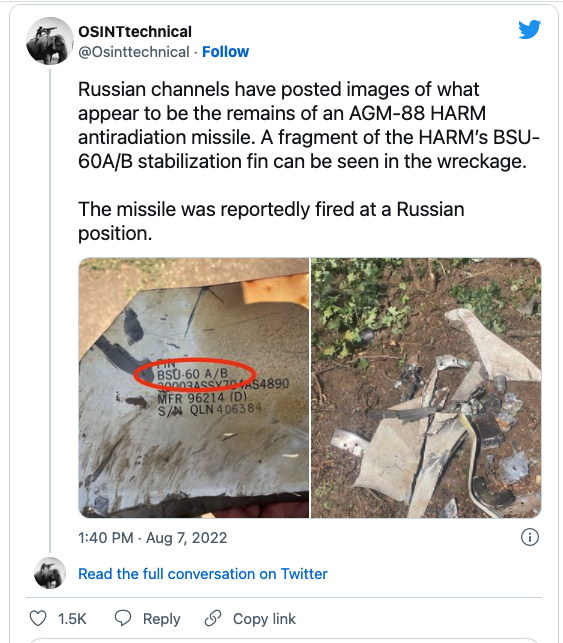
The 13-foot, eight-inch missile weighs in at approximately 800 pounds, including a 143.5-pound high-explosive warhead. The AGM-88 HARM missile’s range has been reported as 30 miles by the U.S. Air Force, with the AGM-88E AARGM believed to engage targets at distances as great as 60 miles. The forthcoming AGM-88G AARGM-ER which has an even greater range and is intended to be integrated into the F-35, had its third successful air-launch test just last month.
Because the AGM-88 itself is rather dated, there is little risk from Russian forces recovering parts of these weapons. Russian forces have long operated the Kh-31 anti-radiation missile themselves.
Of course, not all anti-radiation missiles are designed to be launched from fighters to take out land-based radars. There have also been air-to-air and even surface-to-air anti-radiation missiles developed around the world for different applications.
Related: The Navy’s new missile could make non-stealth fighters viable again
How can HARM missiles cause trouble for the Russian invasion?
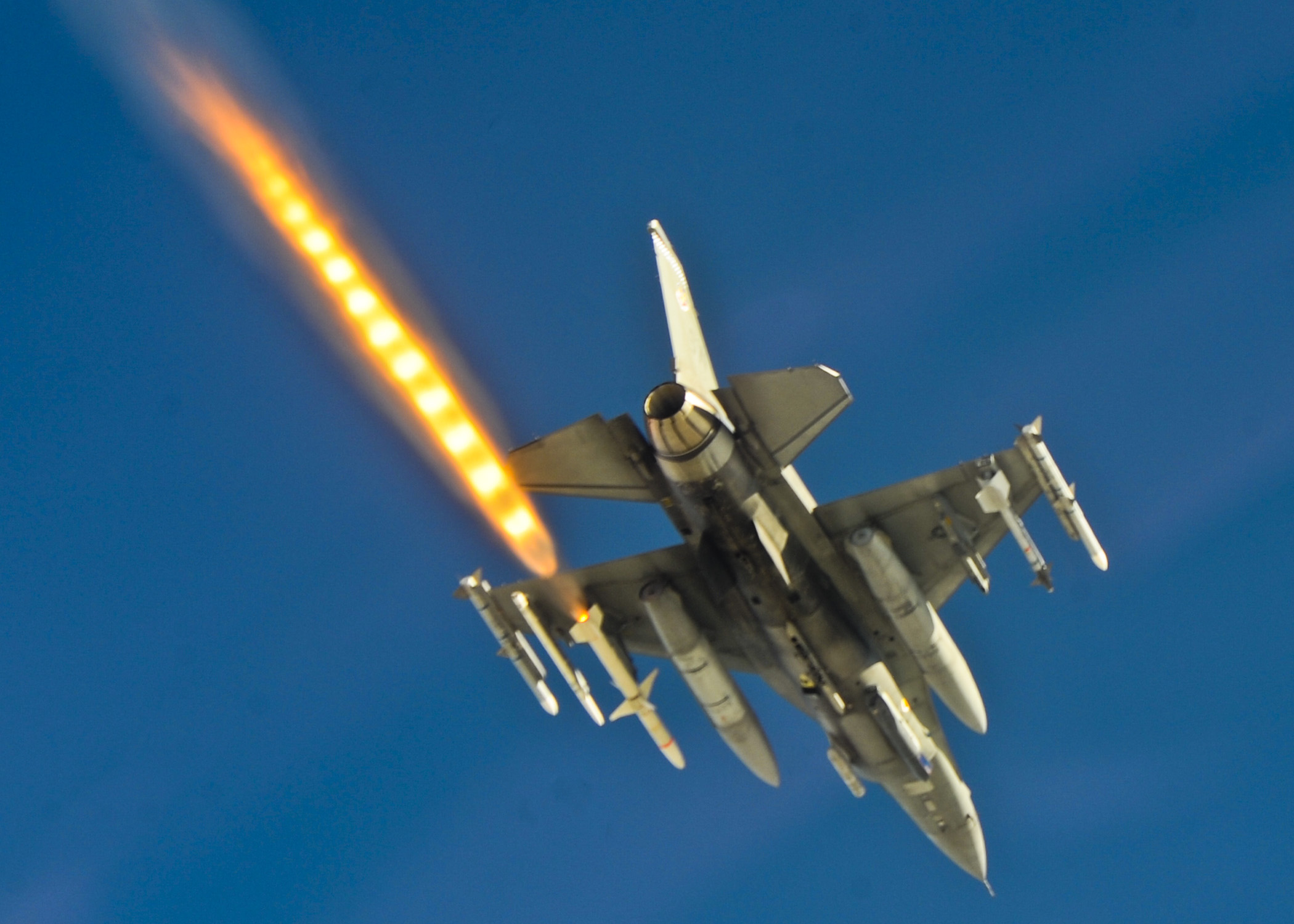
HARM missiles are an essential part of America’s approach to suppressing or destroying enemy air defense systems. In the days before stealth became prevalent, using weapons like the HARM missile to engage and destroy enemy air defenses was effectively the only way to limit the chances of aircraft being shot down by surface-to-air missiles. As such, part of America’s air warfare strategy has long included sending fighters out on patrols to look for and engage such defenses in missions sometimes referred to as “Wild Weasels.” Once the air defense systems in an area have been eliminated, the U.S. can send more aircraft in to bolster ground troops or engage other targets.
Ukraine, however, lacks the airframes and air defense systems required to dominate the skies over their country, but that doesn’t mean these radar-hunting missiles can’t have a significant effect on Russian efforts to control the airspace around their troops and equipment.
Between these systems that are capable of engaging air defenses and the HIMARS systems already being leveraged to great effect, Russian forces, which have been operating in Ukraine since February 24th, are now facing very different types of threats from greater ranges than before.

Russian military doctrine does not call for establishing air superiority over the entirety of the battlespace. It opts instead to focus resources on controlling the airspace immediately around friendly forces and combat objectives. But the introduction of HARM missiles into the equation will now make holding airspace that much more difficult. Because Russia does not control the entirety of the airspace over Ukraine, it can do little to prevent Ukrainian aircraft from launching these missiles toward air defense systems, destroying or suppressing them while other targets are engaged by drones or other forms of attack.
Further, HARM missiles could be used to target Russian anti-artillery radar batteries designed to detect and locate the source of incoming artillery fire. Ukrainian artillery positions could fire a volley toward Russian targets while coordinating with aircraft carrying HARM missiles. When the counter-artillery batteries come online, the HARM missiles can take them out, allowing for continued artillery strikes without fear of well-coordinated reprisals.
Related: HIMARS and other high-tech weapons in Ukraine
The US military says Russia has suffered as many as 80,000 casualties in Ukraine so far

Despite the widespread belief that Russia’s superior numbers and technology would allow it to quickly overrun the comparatively small and poorly equipped Ukrainian forces rapidly, the fighting has now stretched on for nearly six months. According to a recent Pentagon assessment, the Russian military has suffered as many as 80,000 killed or wounded to date with no end to the fighting in sight. According to Ukraine, at least 42,000 Russian troops have been killed in the fighting so far, or just more than 250 troops per day.
If Ukraine’s figures prove true, it would mean Russia is suffering the equivalent of America’s total 20-year losses in Afghanistan every 10 days.
Read more from Sandboxx News
- America’s loitering radar-hunting missile is due for a comeback
- Hypersonic hype overestimates modern missile defense capabilities
- The S-400 myth: Why Russia’s air defense prowess is exaggerated
- A complete guide to why a no-fly zone over Ukraine won’t work
- Why the A-10 is just not the right jet for Ukraine
